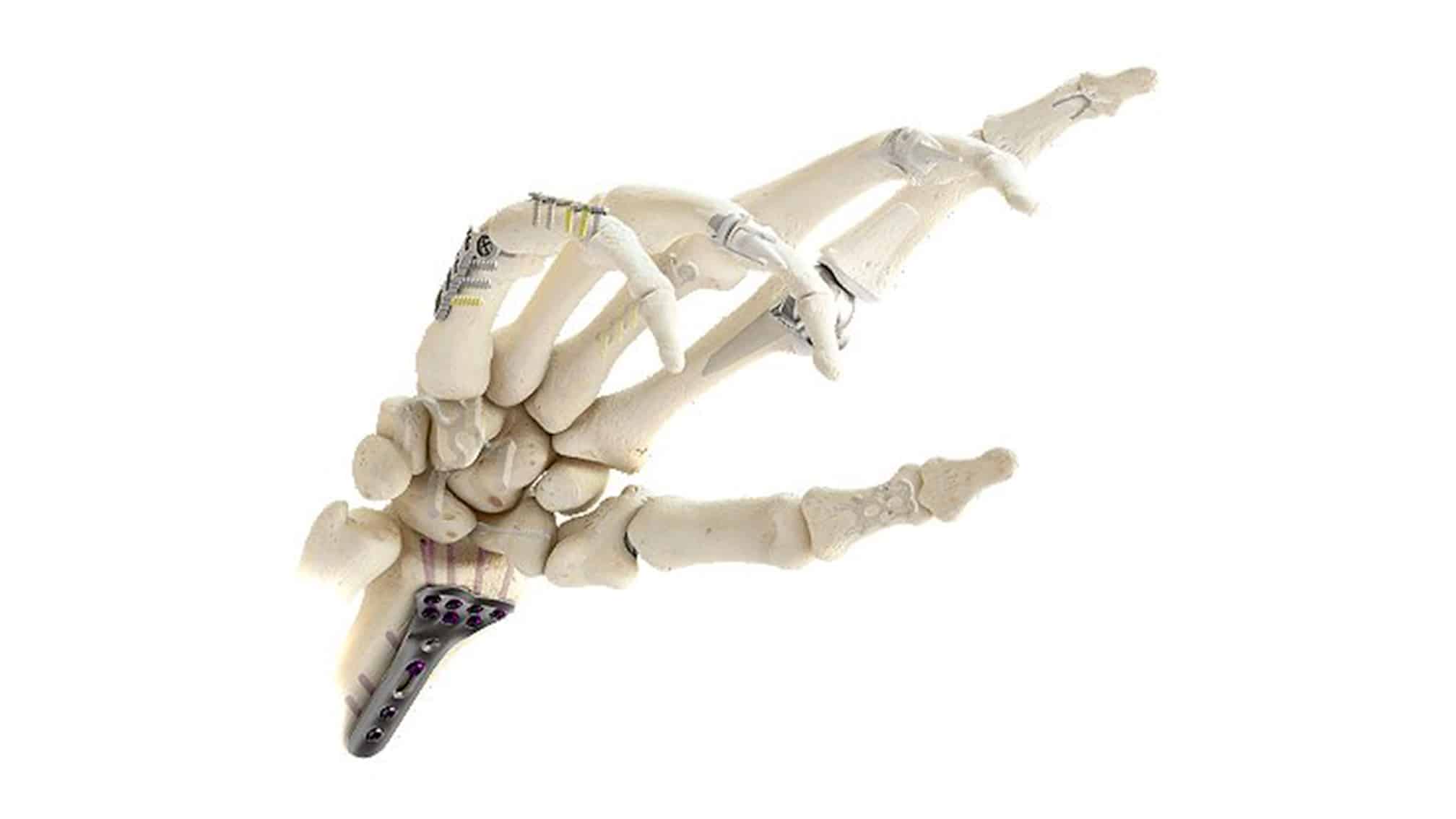October 9, 2019
Stryker
"Stryker is the only S&P500 company to have grown its revenues every year for 40 consecutive years, including past periods of economic decline and crises. "
October 9, 2019
"Stryker is the only S&P500 company to have grown its revenues every year for 40 consecutive years, including past periods of economic decline and crises. "

During the third quarter, we sold a second part of our position in Sartorius Stedim, a company that makes equipment for the production of biological medication. The proceeds were invested in Stryker. Stryker is a medical tech company focused on the production of surgical and medical equipment –from wheel chairs and beds to OR equipment- and orthopedic implants such as artificial hips and knees. Company revenues are more or less split in half between these two segments.
In the past, we were invested in Stryker’s competitor, Zimmer Biomet. The latter was notably cheaper than the former, so over time, the valuations of the companies were expected to converge. An expectation that was not met, because the strategies of the two companies differ more than was assumed.
To understand the difference, we look back to the introduction of the Affordable Care Act, also known as Obamacare. Part of Obamacare, which did not receive much attention at the time, was a change in rules for the compensation that hospitals receive per patient. Under Obamacare, hospitals are paid on the basis of value delivered (i.e., per patient), not on the basis of the days the patient spends on site. Hospitals therefore started increasing pressure on their suppliers. Zimmer and Biomet responded by seeking economies of scale through a merger. Stryker in turn focused more on improving entire surgical procedures instead of improving products and lowering costs alone. In 2013 Stryker bought surgical robot producer MAKO for 1.65bln USD.
During surgery with the help of MAKO, a 3D CT scan is made of every patient. Using that 3D modelling, for example in case of a broken arm, the robot can insert the surgical screws at exactly the right angle and precise depth in the broken bone. Before, this procedure was done by the surgeon, by hand. To check angle and depth, the surgeon had to make a number of x-rays during each operation. Robot surgery delivers superior results and reduces recovery periods for the patients. At the same time, the procedure reduces the surgeons exposure to high radiation level x-rays. The significant reduction to harmful radiation and therefor increased health and safely of surgeons, make for a powerful Stryker sales argument.
It wasn’t until 2016 that the merged Zimmer Biomet company followed suit with the 132m USD acquisition of Medtech SA, the company behind the ROSA surgical robot. ROSA surgery uses a different approach. Patients are first x-rayed and the resulting two-dimensional image is converted to a 3D model by software. The sales argument is saving 1.000-3.000 USD per surgery, on total surgery costs of around 80k USD, by not having to use a more expensive CT scanner. However, those costs are marginal compared to the costs incurred if complications arise or if the recovery period is prolonged. We think Stryker has a better positioning and can continue to profit from its first-mover advantage.
Stryker CEO Kevin Lobo has focused strongly on building an effective sales strategy and organization. Traditionally, the medical sector works with key account managers that have long and trusted relationships with their surgeons and sell a wide portfolio of products. Stryker works with product specialists and an account manager selling only a limited number of products to more customers. Stryker’s vision, that relationship sales will be replaced by product knowledge driven sales, has proven correct so far. And while Zimmer Biomet was cutting costs in the sales division after the merger, Stryker invested in a culture where the best performing sales personnel receive significant rewards for achieving sales targets and above average results. With this approach, Stryker has managed to attract the top sales people in the industry.
In all, Stryker revenues are growing at a rate of approximately 7% per year. Stryker is gaining market share in an industry which is expected to grow autonomously by 4% to 5% per year, driven by an aging population. Additional growth is found in acquisitions, often aimed at expanding the product offering. The value of a product sold by a small company can potentially increase significantly when it is brought to market by the much more efficient Stryker sales force.
Valuation of the Stryker stock is at 26 times profit at the moment. Sartorius, the stock we traded our Stryker position for, grows even faster, but traded at 47 times the profit. Stryker is the only S&P500 company to have grown its revenues every year for 40 years, including past periods of economic decline and crises. With this trade, we aim to maintain the high quality of our investments without being exposed to unrealistically high valuations.